Graham Reid | | 6 min read
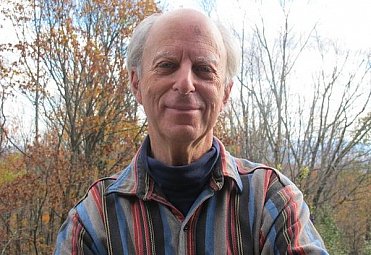
The first thing you should say to John Simon – on the line from his home near Woodstock in upstate New York – is a sincere thank you.
While his name might not be as familiar as many other record producers of the Sixties like Phil Spector, Tom Dowd and George Martin, Simon has a pretty big stake in the ground with songs and albums from that era.
His beginnings were humble enough with the single Red Rubber Ball by the long forgotten folk-pop group Cyrkle (co-written by Paul Simon, no relation, and Bruce Woodley of the Seekers) but that lightweight pop – which went to number two in the US – got him an entry into a much larger world.
Through a friend he met Albert Grossman, then managing Bob Dylan, and one contact lead to another.
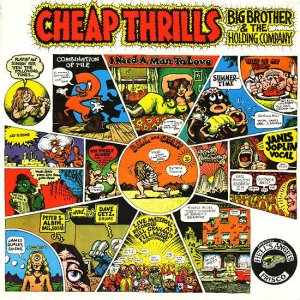 By a few years into the
Seventies Simon had his name on some of the most important and
essential albums of the Sixties and his production ears reached from
Big Brother and the Holding Company's Cheap Thrills (the album that
launched singer Janis Joplin on an unsuspecting world) to Simon and
Garfunkel's Bookends and Leonard Cohen's debut.
By a few years into the
Seventies Simon had his name on some of the most important and
essential albums of the Sixties and his production ears reached from
Big Brother and the Holding Company's Cheap Thrills (the album that
launched singer Janis Joplin on an unsuspecting world) to Simon and
Garfunkel's Bookends and Leonard Cohen's debut.
But – as the location of his home suggests – it was another group that he is perhaps best known for producing: the loose affiliation working with Dylan during his time away from the public eye, The Band.
Simon produced the Band's seminal album Music From Big Pink ('68) and its self-titled follow-up, two albums which ushered in a genre that would, by later generations, be known as alt-country or Americana.
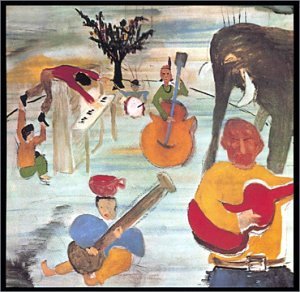 And then when the Band
called it quits in '76, Simon was the musical director for their
farewell show The Last Waltz which was famously filmed by Martin
Scorsese and had a cast of guests which included Bob Dylan, Van
Morrison, Joni Mitchell, Neil Young, Eric Clapton, Dr John . . .
And then when the Band
called it quits in '76, Simon was the musical director for their
farewell show The Last Waltz which was famously filmed by Martin
Scorsese and had a cast of guests which included Bob Dylan, Van
Morrison, Joni Mitchell, Neil Young, Eric Clapton, Dr John . . .
The reason for the call is the 40th anniversary of The Last Waltz and that Simon, age 75, is coming to New Zealand to produce the tribute show which includes original Band keyboard player Garth Hudson and a roster of New Zealand's finest musicians, among them Tami Neilson, the Bads (pictured below), Barry Saunders and Adam McGrath. (Dates below)
Simon has acted as musical director for a number of similar tributes to The Last Waltz in the States, but this is the first time he has done it outside the country.
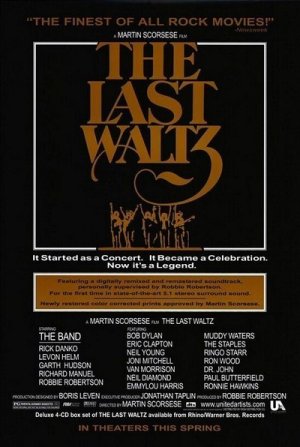 “I've been asked before
but never have taken up the offer, but for this trip the producers
are so dedicated to making it just right it is going to be something
to be proud of.
“I've been asked before
but never have taken up the offer, but for this trip the producers
are so dedicated to making it just right it is going to be something
to be proud of.
“One of the first things that occurred was that the producer Simone Williams of Liberty Stage sent me links on You Tube to all the artists who are performing and we talked together about casting the songs. Garth Hudson was involved in the casting too, it was a bi-hemisphere project.”
Simon says while having no reason to suspect there wouldn't be great talent around the world, having seen the New Zealand performers on video he was pleasantly surprised at the same time.
When he arrives there will be a couple of days of rehearsals but while The Last Waltz is the essence of the concert, it won't be a faithful re-presentation of it. That was never his intention.
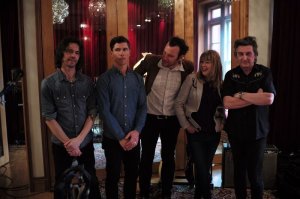 “Everyone is going to
bring their own artistry and one of the things I was aiming for was
for that to happen. You could never exactly replicate that concert,
but these people put their own fire into it, it sounds just great.
“Everyone is going to
bring their own artistry and one of the things I was aiming for was
for that to happen. You could never exactly replicate that concert,
but these people put their own fire into it, it sounds just great.
“It's a very loving tribute to that era and not only to the Band and The Last Waltz, but that pioneering period . . . and it seems like New Zealand is really attuned to that, the spirit of pioneering is there in New Zealand itself as a young country.”
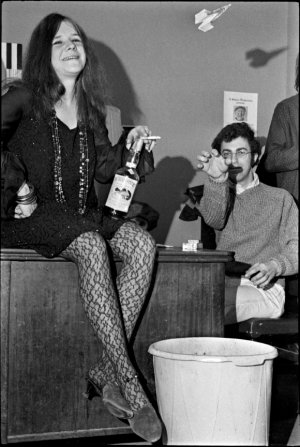 It was not long after The
Last Waltz that Simon withdrew from production, did a number of
albums under his own name, wrote and produced music for film and
television and kept his hand in with more modest projects.
It was not long after The
Last Waltz that Simon withdrew from production, did a number of
albums under his own name, wrote and produced music for film and
television and kept his hand in with more modest projects.
Despite his reputation there is no discernible Simon fingerprint on the albums he produced in his heyday. Many producers today have a signature style yet the distance between Cheap Thrills and Bookends is enormous. He notes that Phil Spector productions all Phil Spector's sound but he felt his role was to enable the artists to make what they wanted to hear of themselves….
“In my case I'm a filter and the artist hires me and says ,'What do you think?” Now they can agree with what I think or disagree, but sometimes I can help them if they have problems getting from one section to another musically with chords and harmonies.
“I can also help them with their lyrics if that's what they need . . . plus a producer is a wrangler in a recording studio. Unless there is just one artist and they have only themselves to corral.
“Personalities come into it too of course, some people are easy to work with and some people are a pain in butt”, he laughs.
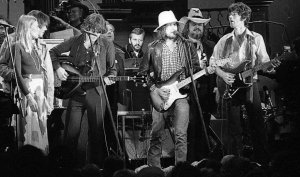 “But with the kind of
records I was doing, the producer is in charge of everything that
goes on in the studio and who plays on the tracks.
“But with the kind of
records I was doing, the producer is in charge of everything that
goes on in the studio and who plays on the tracks.
“That's what I did for The Last Waltz as the musical director and I was responsible for everything musical that had to do with the venue. Martin Scorsese was directing the film and Robbie Robertson [of the Band] was the producer of the whole thing, but he abdicated musical control so that he could perform.”
Simon came into the Band's The Last Waltz very early on but says he's read that “it was intended to be small but they were going to do this concert and they weren't really selling many tickets . . . and then someone hit on the idea of some guests”.
“Of course with the Band's reputation and their musicality and respect amongst theirs meant that anyone they asked said yes. So it ballooned very quickly.
“I came in when it was conceived and went out to California and spent a week in rehearsals with two artists a day, one in the earlier part of the day and one later in which they would choose the songs and figure out the arrangements.
“Because I'd worked with people the [guest musicians] respected it was fine, I wasn't some Joe off the streets.
“I was also the musical translator for the Band too because, aside from Garth Hudson, the guys didn't read music. Someone like Joni Mitchell with her guitar tuned crazy meant they wouldn't be able to tell what the chords were so I had to piece out what would work so they could play along with Joni.
“When it came to the time of the concert there was a lot for them to remember without being able to read music, so I would get a few things down to hand signals and would stand in the wings by the footlights and hold three fingers horizontally to indicate an E chord coming up and things like that.
“I was always confident it would fly because they were great professional musicians and were trying hard to make a great show.
“But there was one moment during the concert itself when I went out into the audience for the first few numbers and went to the mixing desk to make sure the balance was fine. Then I went on stage because the horns were about to join the Band and I was looking at a few music charts on the stands and Robbie was counting off way too fast.
“So I did a hand signal like Diana Ross and the Supremes, 'Stop!' That part isn't in the film, that was the only thing that gave us any anxiety. The show was actually just a real joy.”
Yet down the decades there is sadness, the deaths of Band members Rick Danko, Richard Manuel and more recently Levon Helm, the man many consider the spiritual centre of the group.
When he hears artists perform the songs that they sang at that farewell concert?
“Well, I don't have to hear the songs to be sad about the loss of those guys, I loved them all and miss them all.”
.
THE LAST WALTZ 40th ANNIVERSARY NEW ZEALAND TOUR
Christchurch - Tuesday November 22 Isaac Theatre RoyalWellington - Wednesday November 23 The Opera House
Auckland - Thursday November 24 - The Civic
For more on the Band at Elsewhere go here and for the orginal Last Waltz go here.
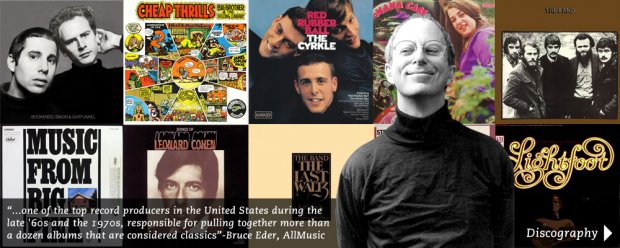


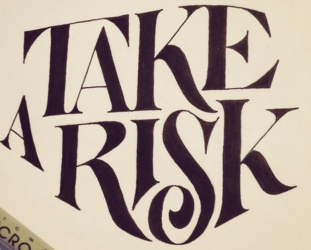
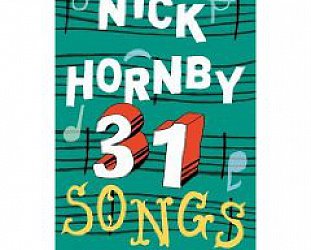
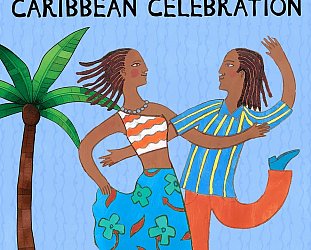
post a comment